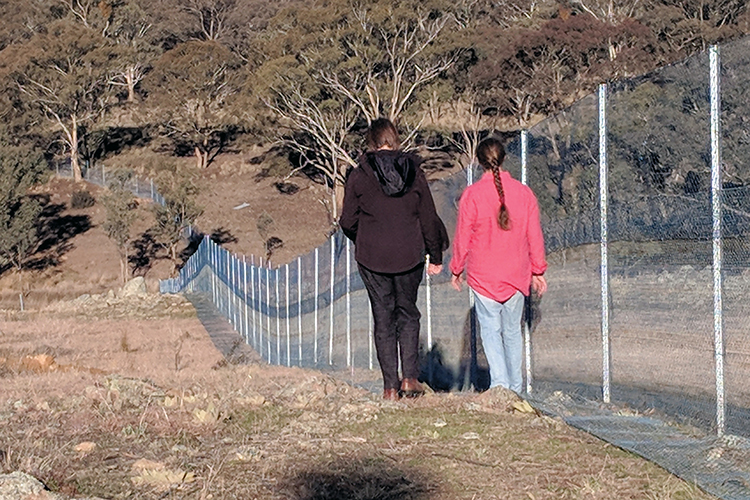
Feral cats: An Australian Government perspective
Monday, 16 March 2020Oliver Tester from the Office of the Threatened Species Commissioner tells us about the Australian Government’s action on feral cats.
Feral cats pose a significant threat to our wildlife. They prey on our precious native species, and spread diseases such as toxoplasmosis and sarcosporidiosis. Since European arrival, feral cats have been implicated in the extinction of at least 20 mammal species and currently threaten a further 124 nationally listed species.
The Australian Government formally recognised this threat in 2000 by listing predation by feral cats as a Key Threatening Process under national environmental law. To support this listing, a Threat Abatement Plan was developed that outlines research, management and other actions needed to ensure the long-term survival of native species and ecological communities affected by feral cat predation.
In 2015, the Australian Government focused national attention on this invasive predator through the launch of the Threatened Species Strategy. The Strategy includes ambitious control targets for feral cats to build momentum for community support and drive national action. By June 2020, the Strategy aims to eradicate feral cats from five islands, establish 10 mainland feral cat–free fenced areas, undertake best practice feral cat control on 12 million hectares and cull two million feral cats across Australia.
The Strategy highlighted the need for new information about the impacts of feral cats and effective control techniques for them. New research led by the National Environmental Science Program’s Threatened Species Recovery Hub has answered this call with research that has gained global attention. The hub is supporting constructive and evidence-based conversations around the polarising issue of lethal feral cat control. Importantly, this research has improved our understanding of the impacts of cats and how to strategically manage the threat they pose, as well as directly informing policy approaches to both domestic and feral cats across all levels of government.
The Australian Government is using recent research led by the hub about a national stocktake of predator-free safe havens. This research demonstrated the need for a more strategic approach to the future construction of conservation infrastructure and is informing a $10 million fund to support projects which can fill critical gaps in the national safe haven network.
The feral cat research undertaken by the hub will also be vital for responding to the bushfire crisis taking place across south-eastern Australia at the time of writing. Research on how feral cats react to environmental disturbance such as fires, assess the suitability of various control tools including baits, and quantify the predator susceptibility of species will be integral to informing the response.
Over the past four years, significant progress has been made towards improving control efforts for feral cats in Australia. However, there is still a lot of work to do. Ongoing investment by the Australian Government in science, control tools and coordination will help tackle this significant threat to Australia’s native wildlife and contribute to achieving the Threatened Species Strategy’s Year Five targets.
You can see how Australia is tracking in the Threatened Species Strategy Year Three Progress Report. 
Oliver Tester. Image: Office of the Threatened Species Commissioner
For further information
Oliver Tester - ThreatenedSpeciesCommissioner@awe.gov.au
Top image: Wandiyali safe haven, one of 10 new safe havens under the Threatened Species Strategy. Image: Oliver Tester
-

Combating a conservation catastrophe: Understanding and managing cat impacts on wildlife
Tuesday, 06 October 2020 -

Cat-borne diseases and their impacts on human health
Monday, 19 October 2020 -

Cat-borne diseases and their impacts on agriculture and livestock in Australia
Monday, 07 December 2020 -

li-Anthawirriyarra Sea Rangers managing cats on West Island
Thursday, 16 September 2021 -

The impact of roaming pet cats on Australian wildlife
Monday, 27 July 2020 -

Caring for Country: Managing cats
Tuesday, 09 November 2021
-
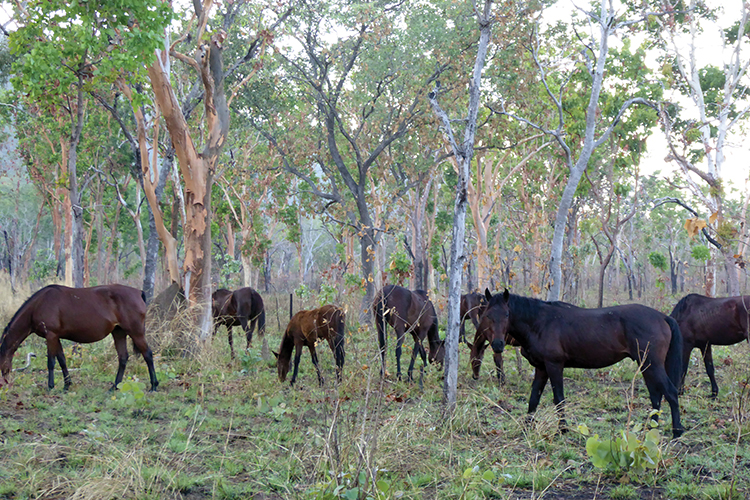
Small mammal declines in the Top End - Causes and solutions
Monday, 31 August 2020 -
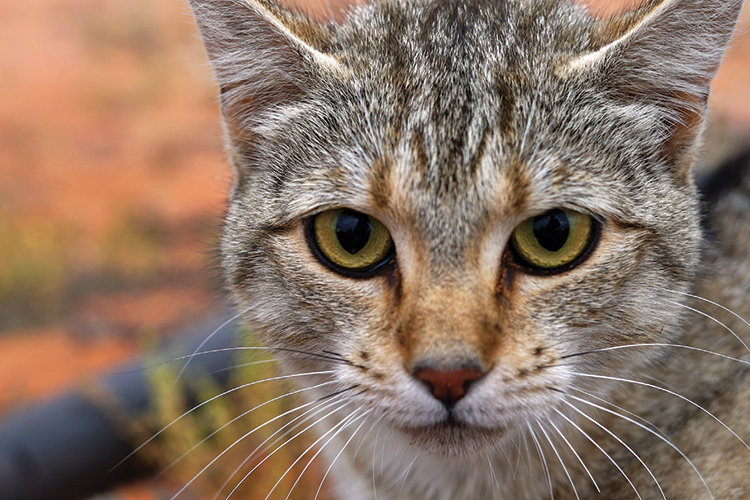
Addressing our wildlife cat-astrophe
Monday, 16 March 2020 -
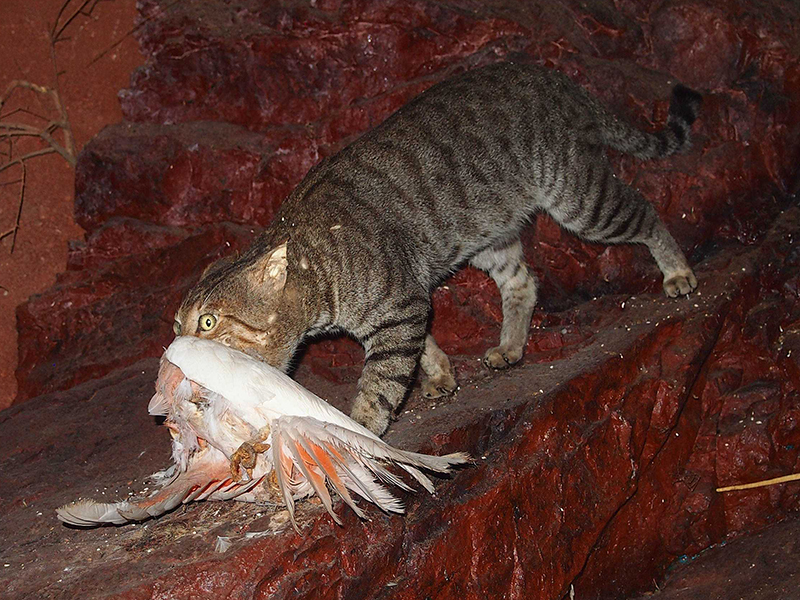
Cats are killing millions of Australia’s birds
Sunday, 22 October 2017 -
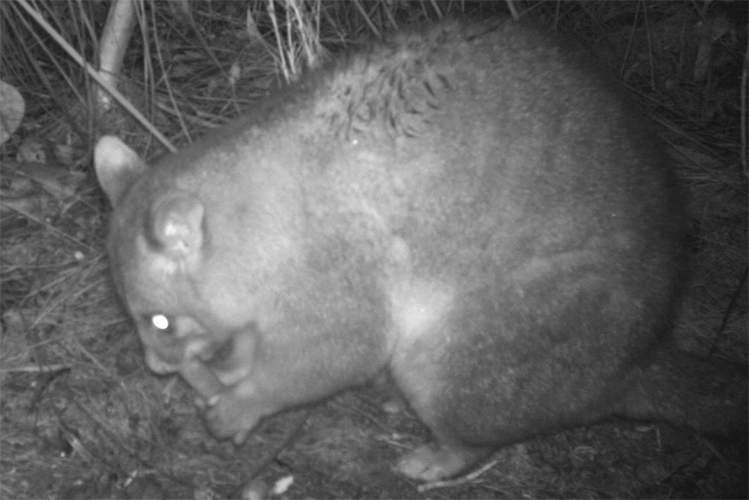
Testing cat baiting on Kangaroo Island
Monday, 16 March 2020 -
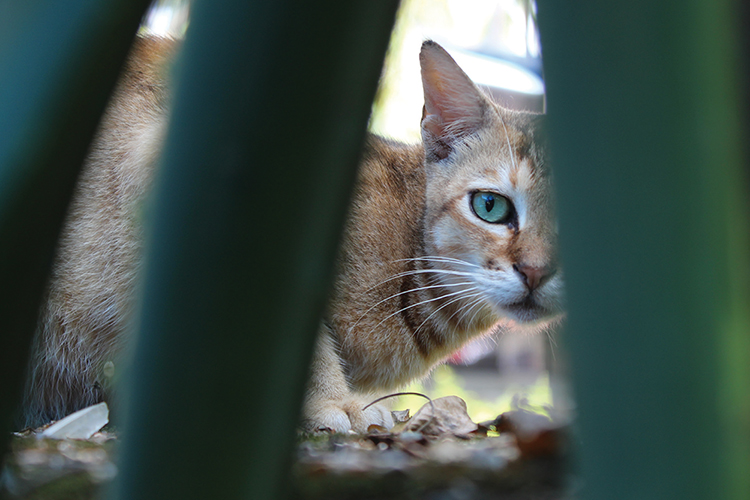
The conundrum of cats in Australia
Monday, 16 March 2020 -
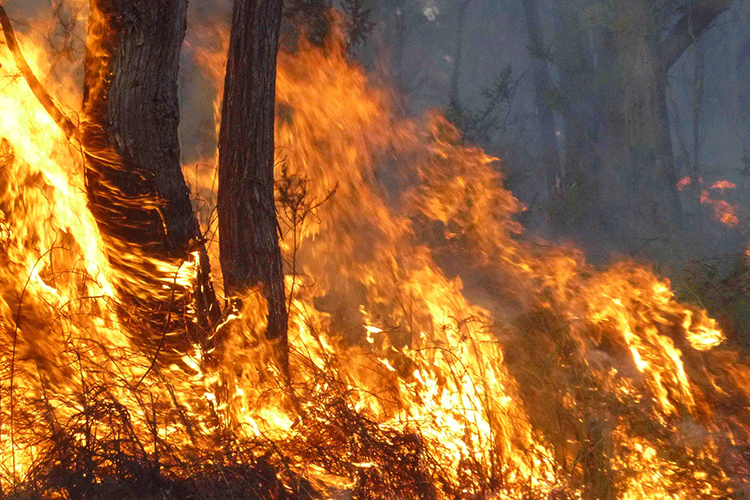
The fire, the fox and the feral cat
Tuesday, 06 June 2017 -
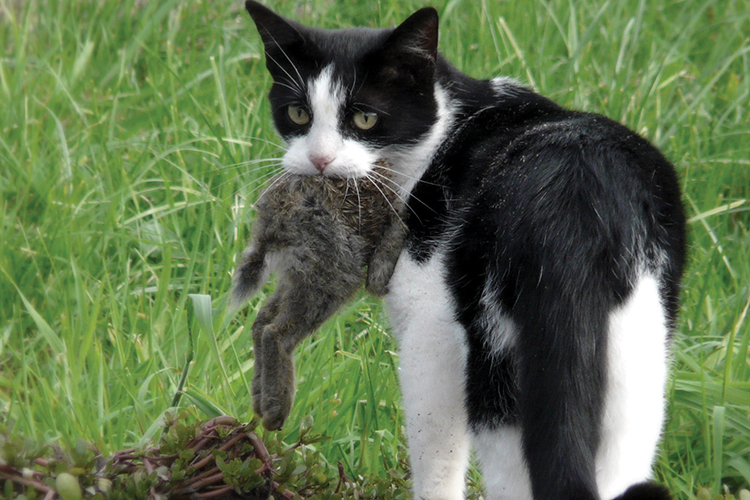
The mathematics of cats
Monday, 16 March 2020 -
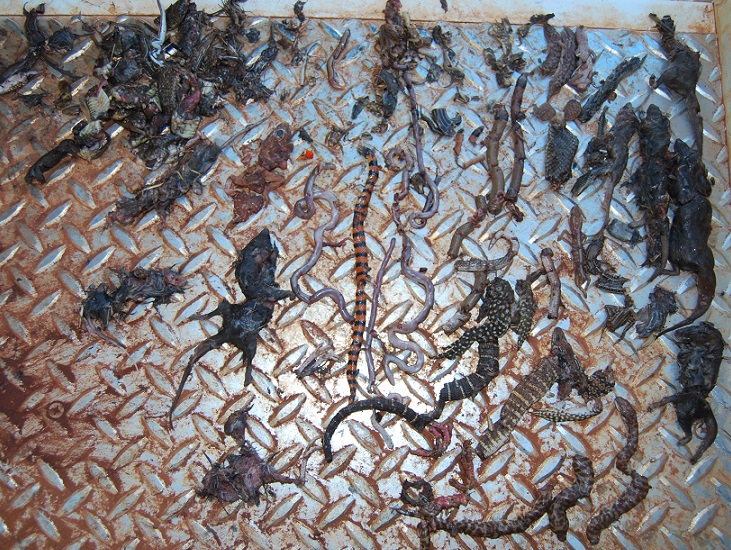
The unnoticed toll of cats on reptiles
Monday, 25 June 2018 -
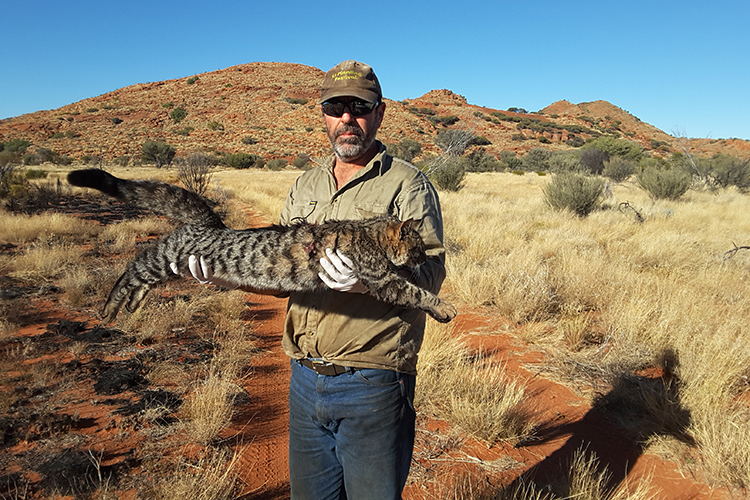
Tracking cats to help the night parrot
Wednesday, 05 June 2019 -
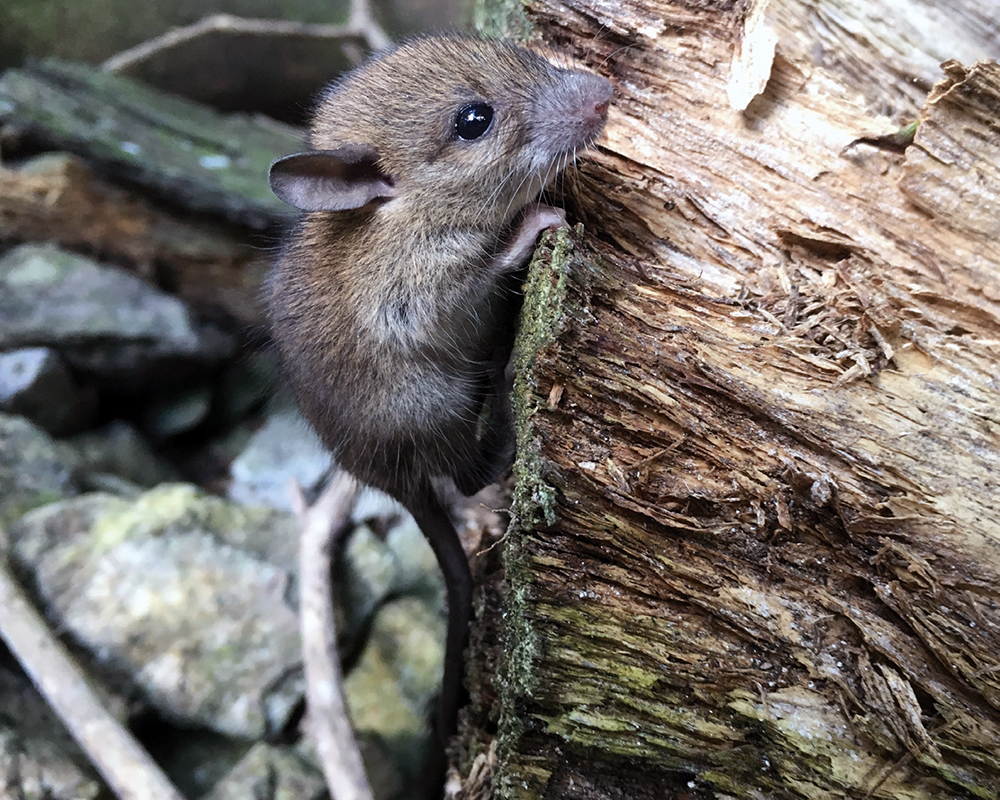
When the cat’s away will the rats play?
Monday, 16 March 2020 -
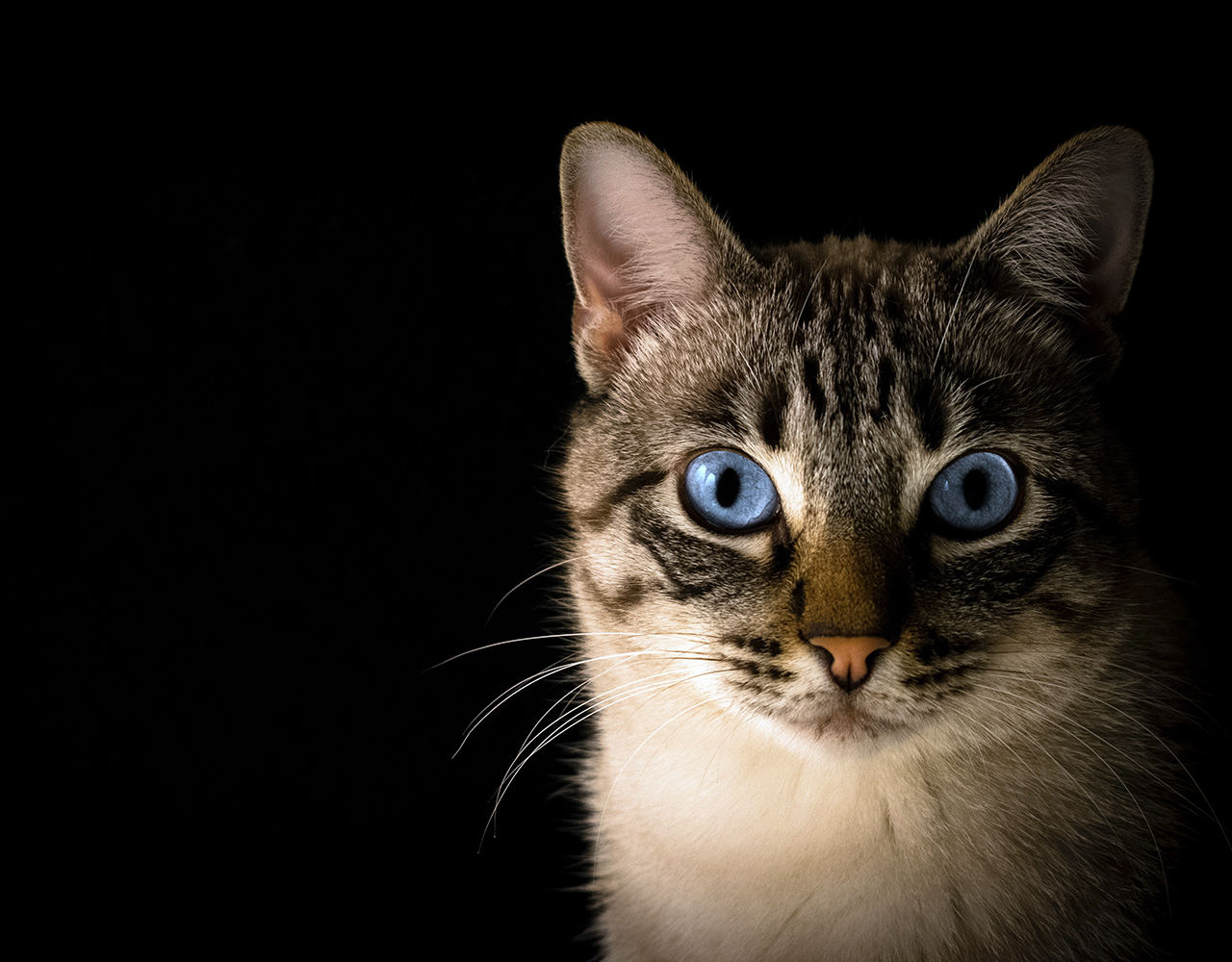
One cat, one year, 110 native animals: Lock up your pet, it’s a killing machine
Wednesday, 28 October 2020 -
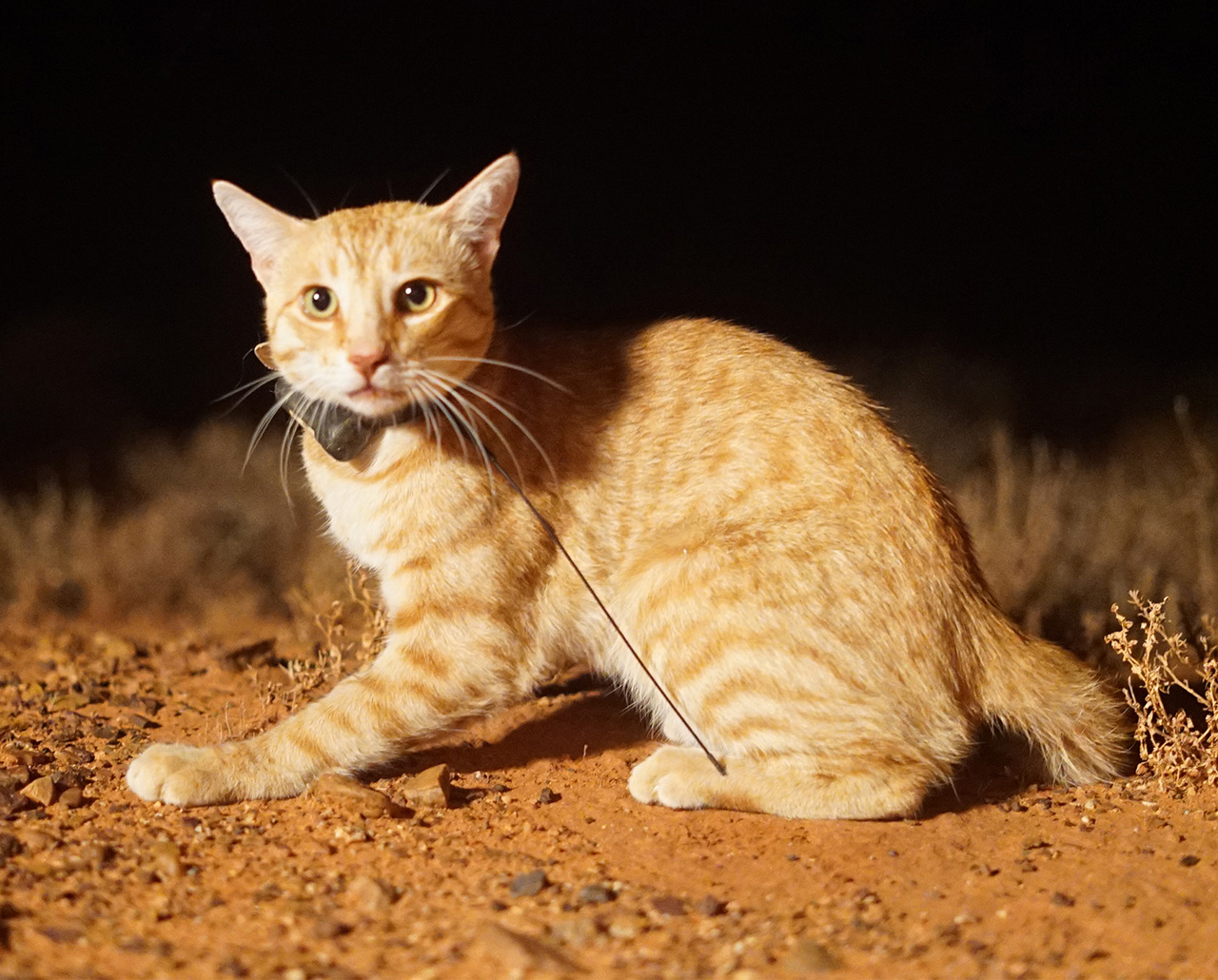
Cat science finalist for Eureka Prize
Monday, 28 September 2020 -
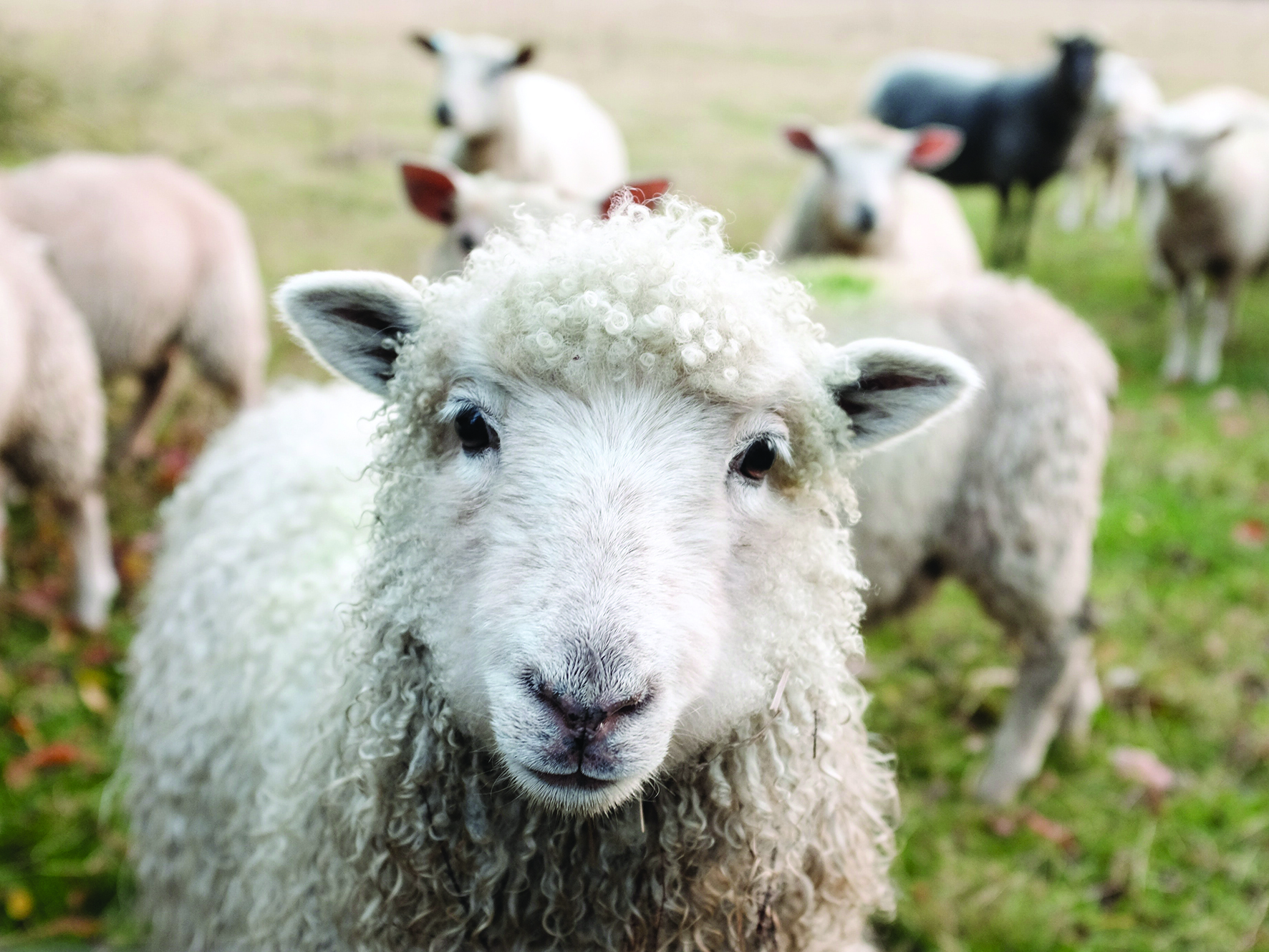
Cats have $12 million impact on agriculture in Australia
Monday, 07 December 2020 -
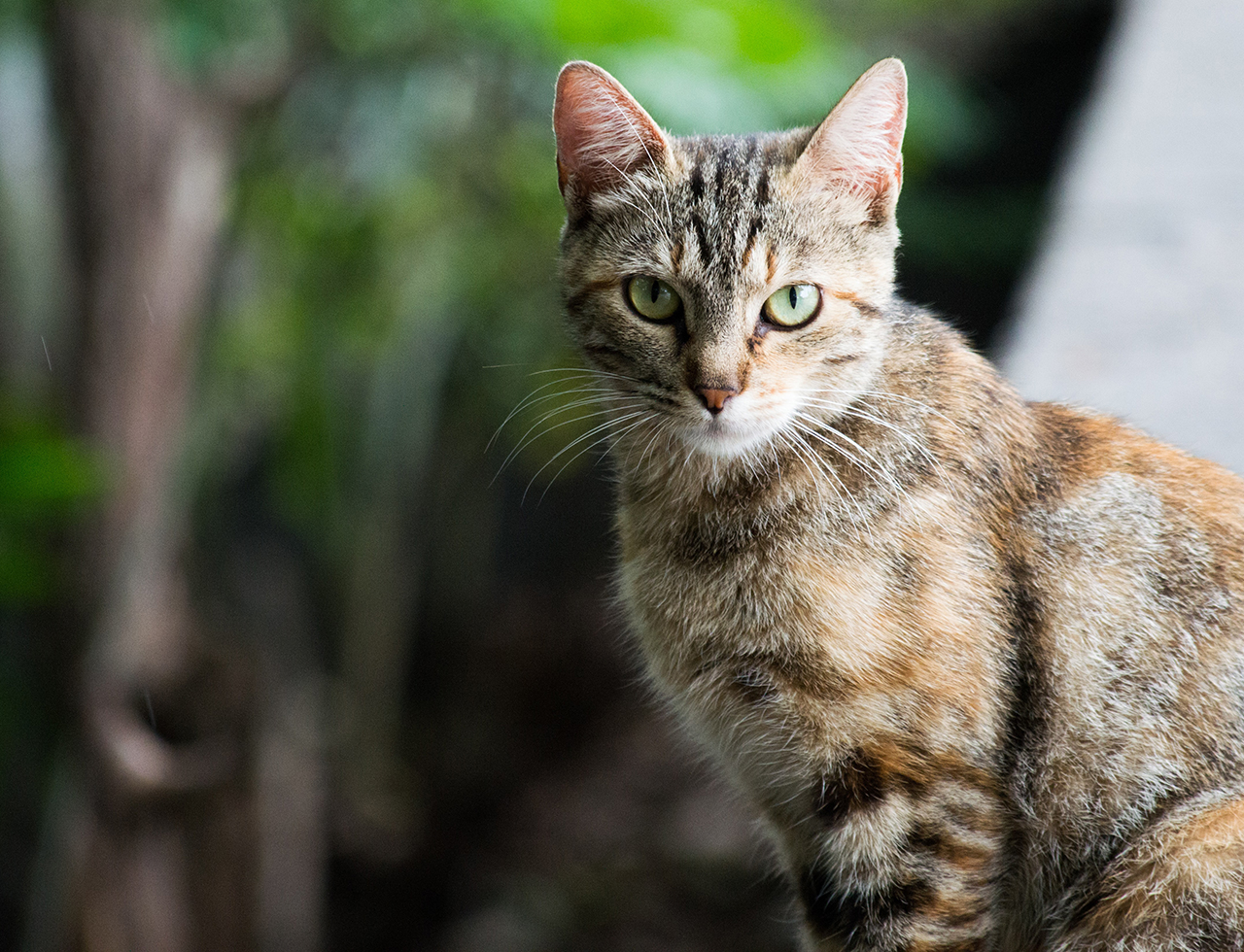
Cat diseases have $6 billion impact on human health in Australia
Thursday, 15 October 2020
